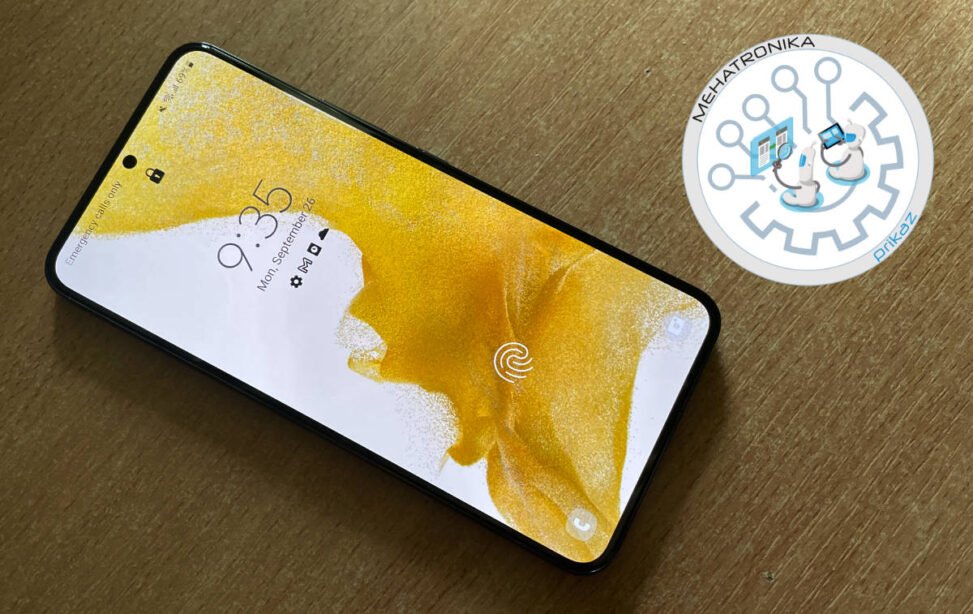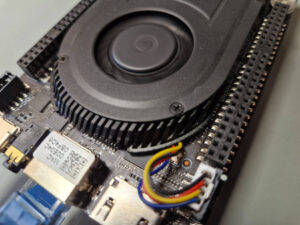Samsung’s entry-level flagship phones are often overlooked due to the more apt Plus and Ultra models. However, year after year, these standard S-series models keep offering great performance and many of the exciting new features expected from the next generation flagship. That being said – the death of the beloved Galaxy Note lineup and its merger with the Galaxy S Ultra lineup did limit some of the most unique features – like the S Pen to the highest-end flagships the company makes.

While models like the Galaxy S21 FE (or even the mid-range Galaxy A73) are focused on bringing older higher-end specs for relatively low prices, entry-level flagships are all about top-notch core specs, but without all the non-essential bells and whistles. At its starting $749 price, it’s an intriguing choice for those searching for a sub-$1000 Android flagship.
At this price range, there are several other options, however – including the Asus Zenfone 9 and the Pixel 6, retailing for slightly lower prices, as well as the OnePlus 10T, usually going for a bit more. We can’t go without noting the iPhone 14 as well – retailing for $799. The competition in this price range is stiff – so the Galaxy Galaxy S22 has to put up a valiant effort.
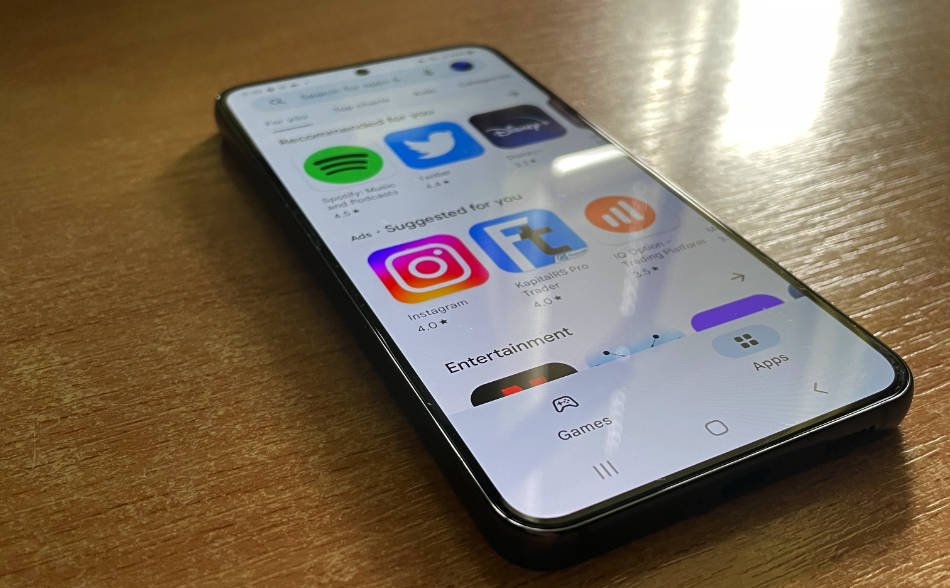
And the looks definitely don’t disappoint. While visually reminiscent of the S21 FE, the Galaxy S22 features a Gorilla Glass Victus Plus screen and back (no more plastic backs!) and an aluminium frame. This frame feels almost like steel, and the entire build feels substantial in the hand. There’s a good selection of colours – Phantom Black, Phantom White, Green and Pink Gold. Exclusively through Samsung, there’s also a choice of Graphite, Cream, Sky Blue and Violet. These exclusive colours harken back to the S21 design with the camera bump being a discrete colour. In late Q2 2022, the Galaxy S22 also dropped in a Bora Purple – the same striking hue available on the company’s new foldables.
The screen is another gorgeous display from Samsung – a 6.1” Dynamic AMOLED 2X panel in FHD+ (2340×1080) resolution. There’s all the standard flagship stuff – including HDR10+ support and 120Hz refresh rate. As usual, the screen isn’t as bright as the panel on the Plus and Ultra models. At 1,300 nits, however, it’s still a great display for all-around use. In our tests, the screen peaked at 690 nits during regular use, and managed 1246 nits in a checkerboard HDR test. Impressive nevertheless.
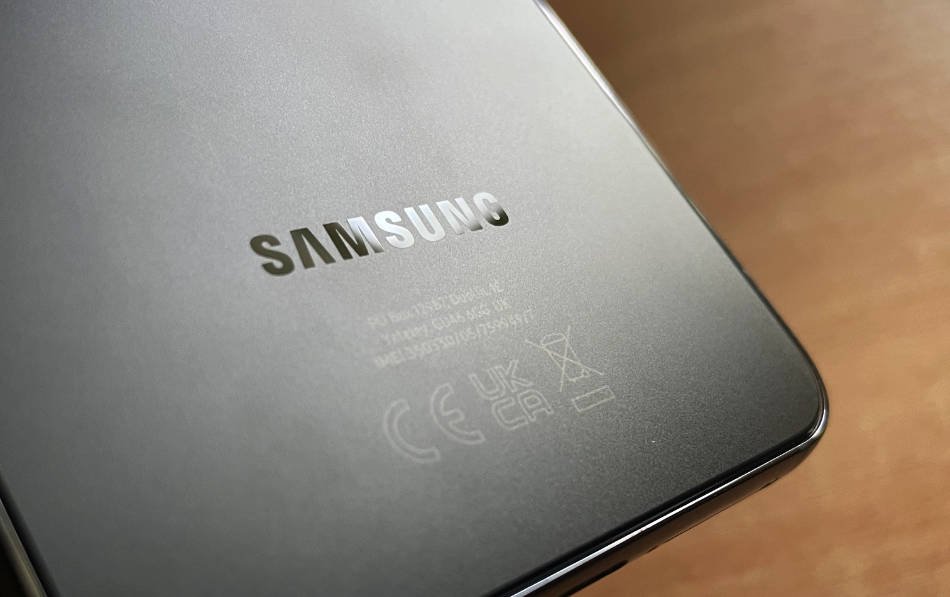
Outdoor use might require some brightness cranking, and some content might not pop as much, but colours are still accurate and very vibrant. Watching movies and playing games definitely feel great on the panel. The panel on the Galaxy S22 also has variable refresh rate down to 48Hz, meaning it can conserve battery when static imagery is being displayed.
The sound system is decent – and as expected from a flagship mobile phone. It’s a now-standard dual speaker setup with one speaker on the bottom and one speaker next to the selfie camera. As standard, the bottom speaker sounds somewhat better, and any sense of sound stage disappears in portrait mode. Nevertheless, it’s a capable sound setup for media consumption. Microphones also sound pretty good and clear – so no complaints there.

Our review unit has a Snapdragon 8 Gen 1 – a powerful flagship processor. While the Exynos 2200 promised a lot with its AMD Xclipse 920 GPU, the Snapdragon still outperforms it in both CPU and GPU tests. Our test Galaxy S22 scored a Geekbench 5 score of 1,307/3,214 – putting it slightly above Snapdragon 888-based models. While there’s a moderate upgrade in the CPU, with one Cortex-X2 core (now running at 3GHz!), three Cortex-710 cores and four Cortex-510 cores, the huge upgrade is in the 5G modem. The new SoC contains Qualcomm’s flagship X65 modem, promising the fastest connectivity on the market – a step up from the X60 used in the iPhone 13 and on par with the iPhone 14.
Mentioning iPhones, however, we have to point out that the biggest issue with Snapdragon processors is the existence of Apple silicon, which constantly outperforms it by 30% or more. Apple SoCs are also more power-efficient and less prone to overheating. The iPhone 13 and 14 with their A15 outperform the Galaxy S22 greatly with a 1739/4702 posted on Geekbench 5.
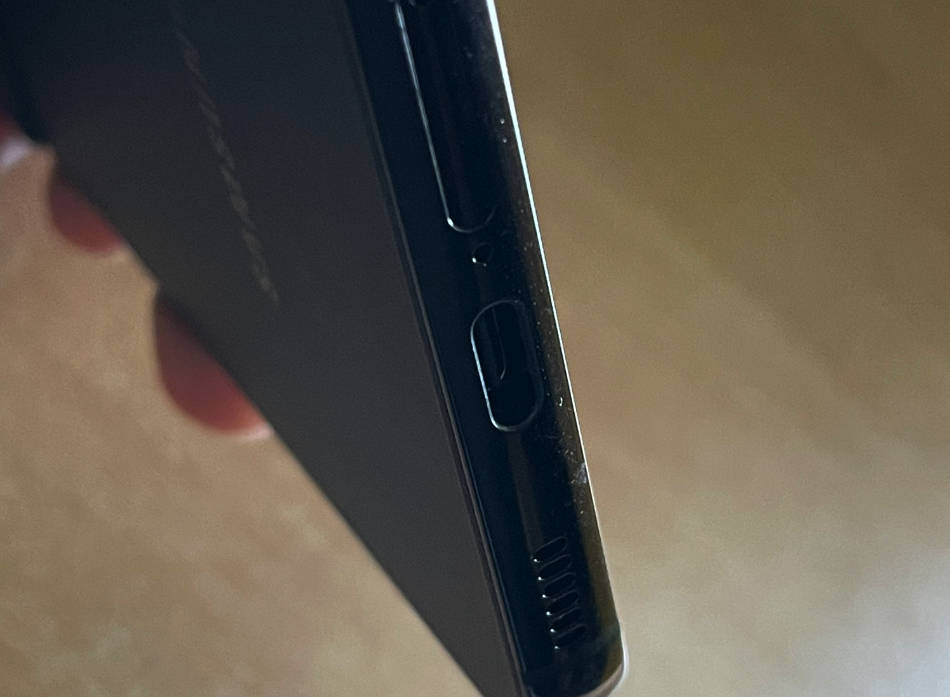
The camera setup a big part of the Galaxy S22. The main shooter is now a gorgeous 50MP camera, with the second camera being a 12MP ultra-wide and the third a 10MP telephoto one (looks worse on paper, but now actually has a proper telephoto lens – older models just had a high-resolution camera which they cropped. The new system gives better results, trust us). It’s a capable system, heavily based on the one found in the S21, but with serious resolution improvements. Samsung claims the sensor of the main camera is also 23% larger, enabling better low-light performance. This setup produces pretty good shots, both in low light and well-lit environments. The zoom lens works great for far-away, as well as close-up shots, and there’s a marked increase in sharpness from older Samsung models. That being said, the camera setup isn’t notably better than any other found on modern flagships, and still suffers from overexposure and unrealistic colours for which Samsung phones are notorious.
Galaxy S22 also offers video recording in 8K/24 (aside from standard 4K/60 and lower resolutions), which is a welcome feature. Digital video stabilisation also works great, so no surprises there.
What is interesting, however, is the fact that due to the two different SoCs used, the Snapdragon Galaxy S22 seems to perform better in normal photography, with better textures, while the Exynos Galaxy S22 performs better in zoom tests, offering clearer telephoto shots with less noise.
Overall, the camera is satisfactory, with good resolution and sharp details, but is still behind in colour accuracy and offers no true stand-out features.
Now onto the bad – the battery. Samsung decreased its size from 4,000mAh to 3,700mAh, most likely betting on better SoC efficiency to do the trick. Sadly, our Galaxy S22 lasted a measly 7 hours and 43 minutes, which is over two hours worse than the average smartphone – let alone a premium one. In our testing, the phone constantly ran out of battery at annoying times near the end of the day. The Galaxy S22 also misses out on 45W charging available in higher-end models, instead using standard 25W fast charging. Not terrible, but not helping the battery life conundrum much.

OneUI 4.1 (Android 12-based) is what you’d expect from Samsung. It offers some great functionality, but clutters the experience somewhat and has some bloatware, so it’s a matter of personal taste and preference. OneUI 5 (Android 13-based) should ship later this year for Galaxy S22 users. Galaxy S22 also introduced a live-sharing feature for Duo – akin to iOS 15’s SharePlay.
Overall, the Galaxy S22 is a gradual step up from the S21. Some performance upgrades are here, the camera has been revamped, but it’s mostly been a catch-up game with the competition. The build quality is better, but for $749, you’d be hard-pressed to find a real reason to upgrade from a year-old S21-series device. For users of older Samsung devices, however, this might be just the right time to ditch their two or three year old devices. The Galaxy S22 is unlikely to sway iOS users to the other side, lacking the exciting features of the more expensive models – but if you’re looking for a sub-$1000 flagship – Samsung greatly delivers.
- Youyeetoo X1 review - 04/09/2024
- Orange Pi 5 Plus review - 01/25/2024
- LattePanda Sigma Review: A new flagship - 12/12/2023




